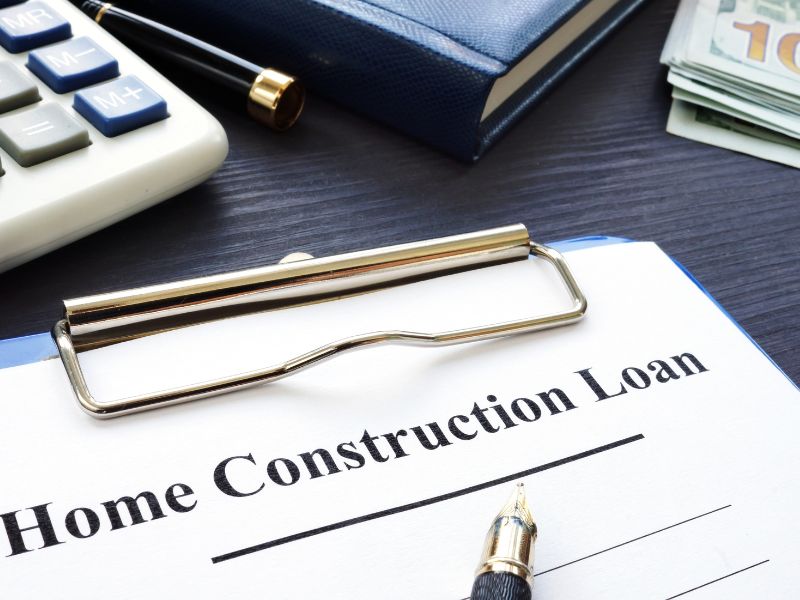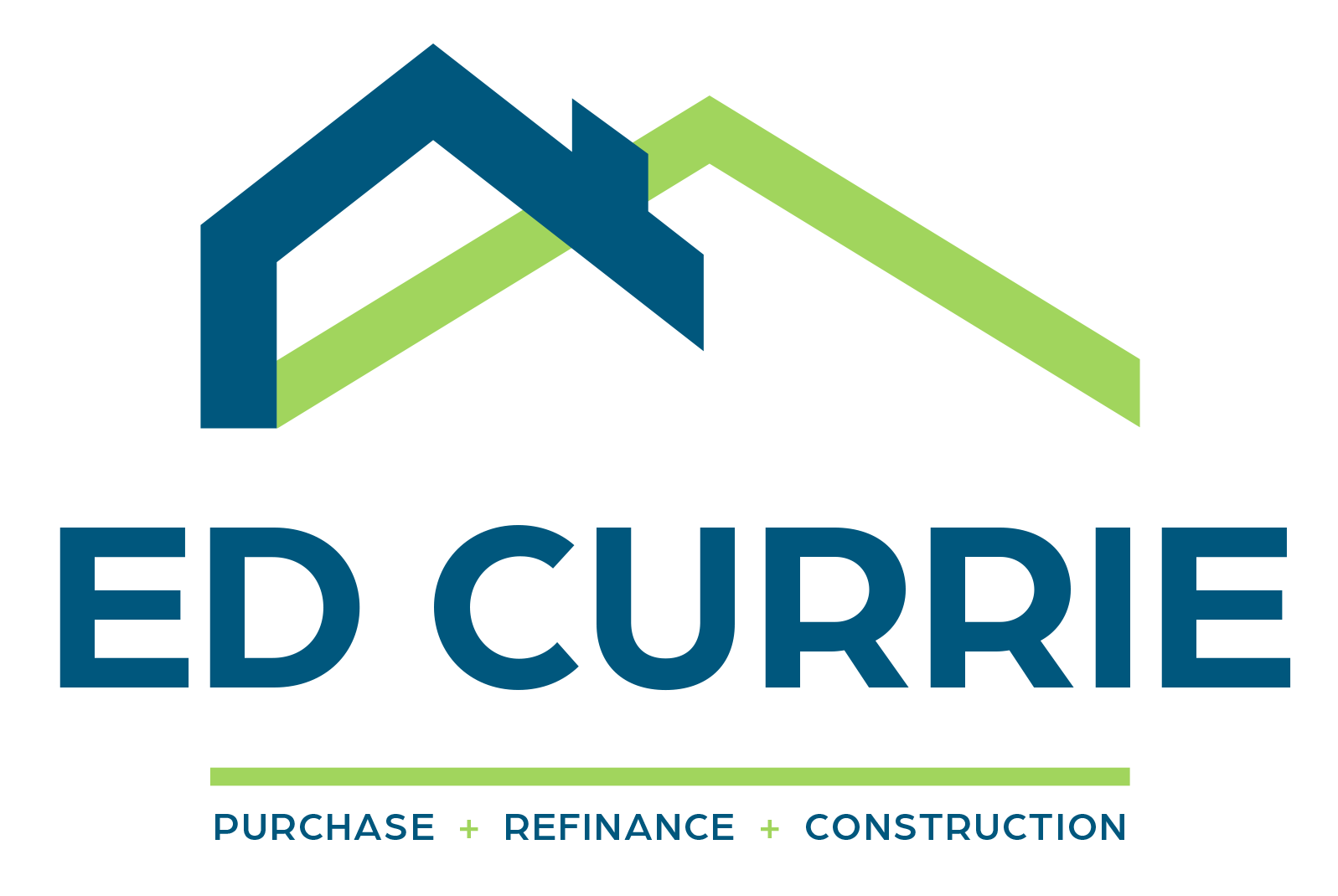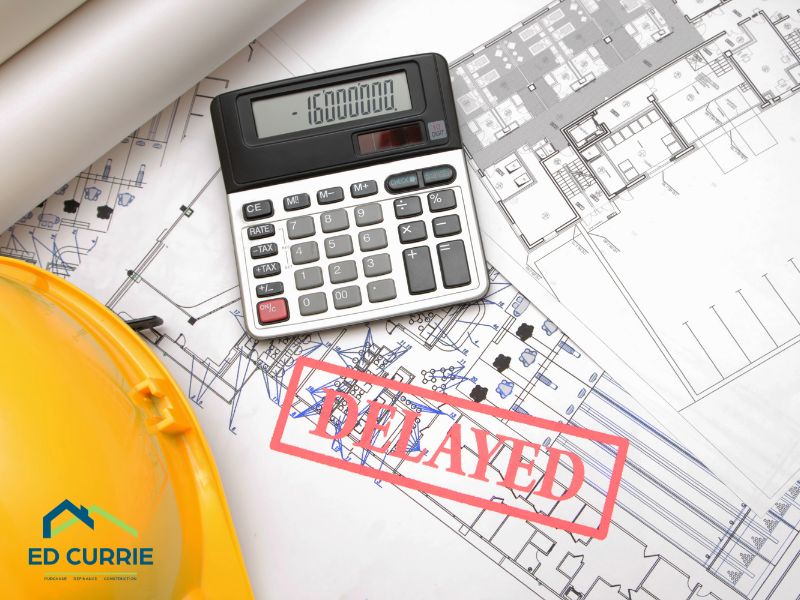 Are you dreaming of building your own home from the ground up? Perhaps you’re eyeing that fixer-upper with renovation potential? In either scenario, understanding the nuances between construction loans and traditional mortgages can be the key to turning your homeownership dreams into reality. Let’s delve into the world of home financing and explore the critical distinctions between these two options.
Are you dreaming of building your own home from the ground up? Perhaps you’re eyeing that fixer-upper with renovation potential? In either scenario, understanding the nuances between construction loans and traditional mortgages can be the key to turning your homeownership dreams into reality. Let’s delve into the world of home financing and explore the critical distinctions between these two options.
- What Are They?
Construction Loans: Think of a construction loan as a financial lifeline specifically designed to fund the building or renovation of a property. Unlike traditional mortgages, which are typically granted based on the current value of a completed home, construction loans provide financing based on the projected value of the property once construction is complete.
Traditional Mortgages: On the other hand, traditional mortgages are what most people are familiar with. They involve borrowing a lump sum of money from a lender to purchase an existing home. The terms of these loans are based on factors such as credit score, income, and the appraised value of the property.
2. How Do They Work?
Construction Loans: These loans are typically short-term and divided into two phases: the construction phase and the permanent mortgage phase. During the construction phase, borrowers receive funds in installments as construction progresses. Once the project is completed, the loan is converted into a traditional mortgage or paid off in full.
Traditional Mortgages: With traditional mortgages, borrowers receive the entire loan amount upfront and begin making regular monthly payments immediately. The terms of the mortgage, including interest rates and repayment schedules, are established at the time of borrowing and remain consistent throughout the life of the loan.
3. Requirements and Eligibility
Construction Loans: Due to the higher risk associated with construction projects, lenders typically have stricter requirements for construction loans. Borrowers may need to provide detailed plans, cost estimates, and proof of contractor experience. Additionally, lenders may require a larger down payment compared to traditional mortgages.
Traditional Mortgages: While traditional mortgages also have eligibility criteria, such as credit score and income requirements, they are generally more accessible to a broader range of borrowers. However, borrowers should still be prepared to provide documentation of their financial stability and ability to repay the loan.
4. Interest Rates and Terms
Construction Loans: Interest rates for construction loans are often higher than those for traditional mortgages due to the short-term nature and higher risk involved. Additionally, these loans may have variable interest rates or interest-only payments during the construction phase, which can increase the overall cost of borrowing.
Traditional Mortgages: Traditional mortgages typically offer lower interest rates and longer repayment terms compared to construction loans. Borrowers can choose from various mortgage options, including fixed-rate mortgages with consistent monthly payments or adjustable-rate mortgages with fluctuating interest rates.
Choosing the Right Option
When it comes to financing a home construction project, the choice between a construction loan and a traditional mortgage depends on your specific needs and circumstances. If you’re building a new home or undertaking a major renovation, a construction loan may be the best option to provide funding throughout the construction process. However, if you’re purchasing an existing home, a traditional mortgage may offer more favorable terms and greater flexibility.
Ultimately, it’s essential to carefully weigh the pros and cons of each option and consult with a financial advisor or mortgage lender to determine the best financing solution for your unique situation. By understanding the distinctions between construction loans and traditional mortgages, you can confidently navigate the path to homeownership and turn your dream home into a reality.




![EdCurrie_Logo White[Transparent] EdCurrie_Logo White[Transparent]](https://edcurrie.com/wp-content/uploads/elementor/thumbs/EdCurrie_Logo-WhiteTransparent-qybu3sjgpfhje9098uitv7fpt7os2hgn52gfy6ocx4.png)